Bodies, teens and body image: are medical interventions doing more harm than good?
Teenagers can be highly self-conscious about their image and we need to do more to support them, writes Clarissa Bye.
Opinion
Don't miss out on the headlines from Opinion. Followed categories will be added to My News.
“LINCOLN”, a teenage girl who decided to become a boy, hated her breasts so much at age 14 that she spent a summer wearing a jumper to hide them.
That was the year before her double mastectomy. She bought a binder, an undergarment used to squash her breasts flat, but absolutely hated that as well and “couldn’t breath properly in it”.
“I can’t do sport,” Lincoln explained to the treating psychiatrist, about the binder. “It soaks up all the sweat, it’s really hot and unbearable in the summer.” To hide her body shape she also wore layers of clothing. Once she had “top surgery” she hoped she would “be able to just wear a T-shirt”. She also wanted to “go to the beach, play sport and lead a more active life”.
When she was 15, in the year 2016, a Family Court judge approved the operation with the consent of her parents.

That’s how we know about it. Unbelievably, since 2018, courts are no longer required to hear arguments for and against sex change surgery for children any more, if both parents and doctors are on board. So the public is in the dark over how many of these operations might be taking place.
It’s no wonder then, that when Liberal candidate Katherine Deves was attacked for using the phrase “surgically mutilated” to describe teens undergoing life-altering ops, left-wing media outlets claimed “minors cannot access the procedure”.
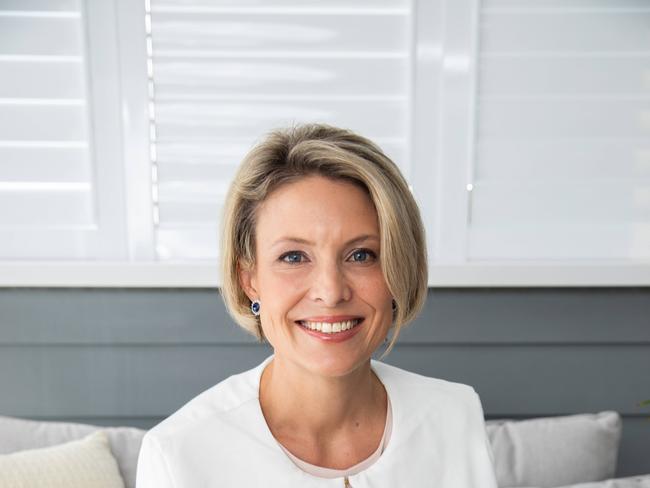
It’s being screened out of public view, like a heavy set of hospital cubicle curtains, along with public debate.
Australians are also being kept in the dark about how many children are on puberty blockers, despite growing concerns overseas about irreversible side effects.

NSW Upper House Labor MP Greg Donnelly is one of the few trying to track what’s going on. He’s had to put in FOI requests for several years now to Sydney children’s hospitals to ask what’s going on. His figures are alarming. In 2014, the hospitals were treating eight children with gender dysphoria, and eight were on puberty blockers. The next year it was 20, with 14 on the drugs. This climbed steadily every year; by last year it was 130 children, with 49 on blockers.
Breast binders are being promoted as glamorous and “authentic” fashion items. The USA store Target now stocks them. In Sydney you can buy one for $54 at pop up stalls in the inner west, along with a $20 starter pack of colourful “Mix Tape”. It includes tips on using moisturiser to protect delicate skin while winding this modern-day corsetry around your body like a straight jacket.
A Perth trans group who touts them for creating “gender euphoria” has come under fire for supplying them online to girls under 18 without parental consent or medical oversight. In fact they say their most common client is age 16.
When I was a young girl of around four or five, my aunt took care of my brothers and I for a a day and decided to visit Hornsby council pool.

I didn’t have a cossie with me. “Just take off your top and go in your shorts,” she told me. “No one will notice.” I was shy and didn’t believe her. But it was a hot summer day so I did what she said. No one paid any attention to me. And even though I felt strangely free, I quickly put my top back on afterwards, worried about appearances.
Later, in primary school, I remember going on a Year 6 camp and the girls whispering about being “sore” from their growing breasts while playing sport with the boys. It was a strangely awkward time.
By high school, some of my fellow female students were so body shy they would never remove their jumpers, even sitting in the sun at lunchtime in summer. Others refused to change into their PE uniforms, lying that they had left them at home.
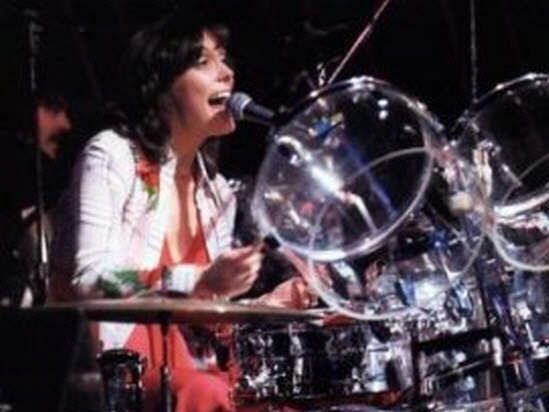
Anorexia and bulimia, which had not really been heard of much until the death of singer Karen Carpenter in the early 1980s, became serious issues. I knew many high-achieving girls over the years, including during my university days, who were afflicted. Some academics argue peer contagion is a strongly influential factor in eating disorders for some young women.
But back them, social media and charity groups were not telling teens that they could “choose” to be the opposite gender.
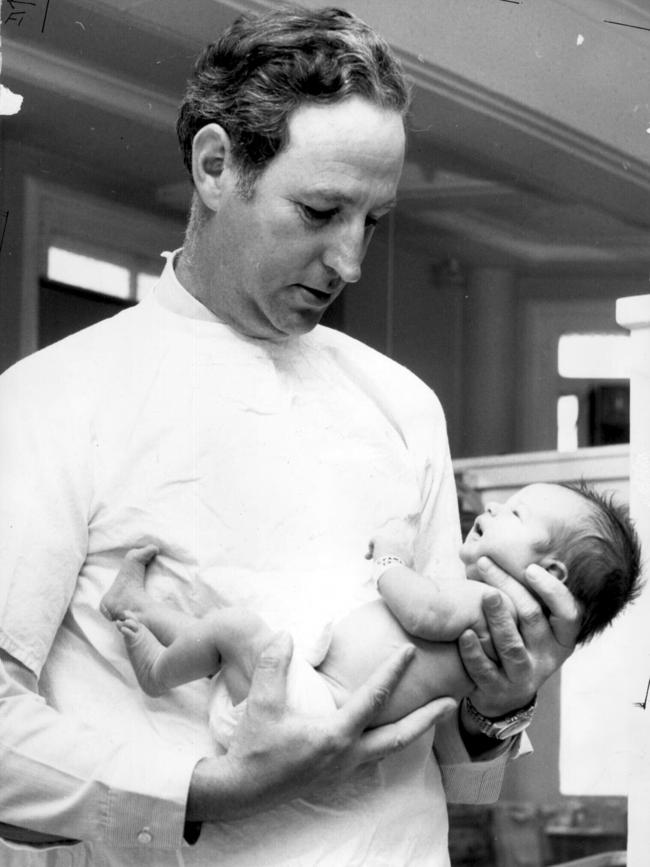
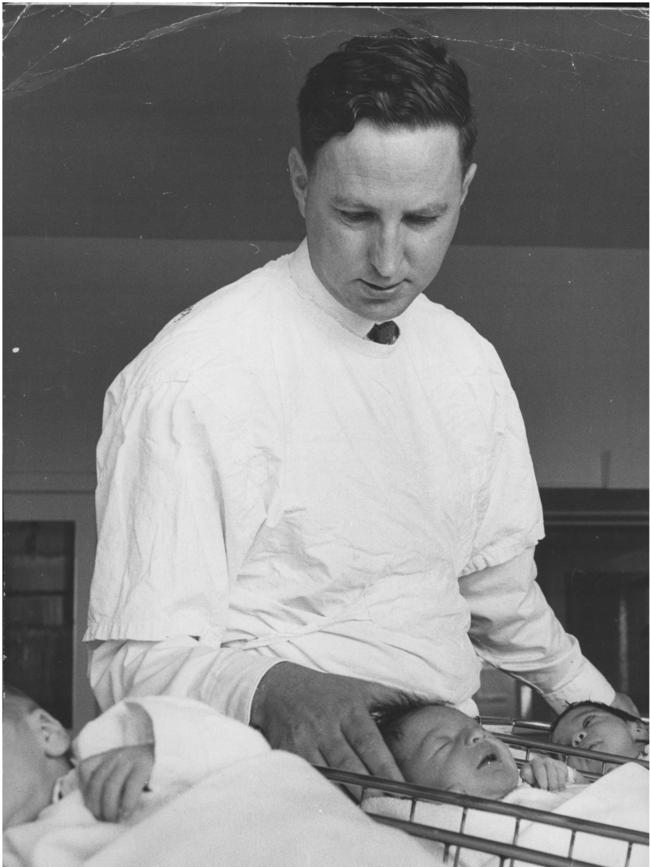
History is full of medical experiments that later generations can hardly believe were allowed. The doctor who delivered me, Dr William McBride, discovered the nightmare side effects of the morning sickness drug thalidomide.
I’ve interviewed women who were tall as young girls and were put on the drug DES to retard their growth in case they grew more than 177cm - but it also rendered many infertile. Many other women and men were also affected when their mothers took the drug to prevent miscarriages.
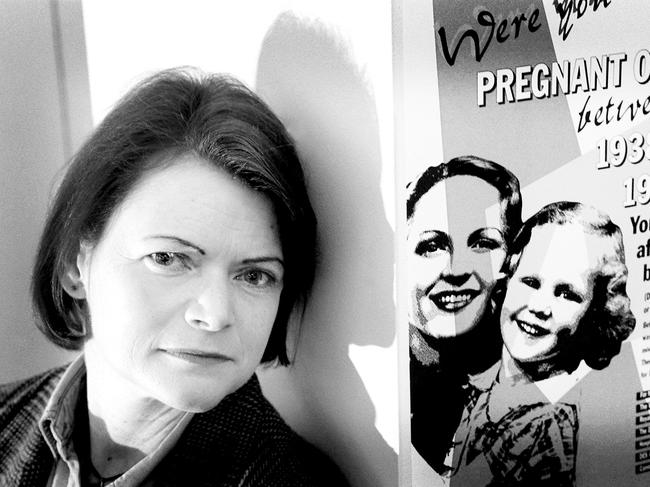
Later in life, I studied at Sydney University’s art campus in the grounds of the old Callan Park mental hospital. It was an decaying 19th century building, with creepy dark rooms that went nowhere and clunky 1950s lifts that trapped you. I used to look around and wonder where they did the lobotomies?
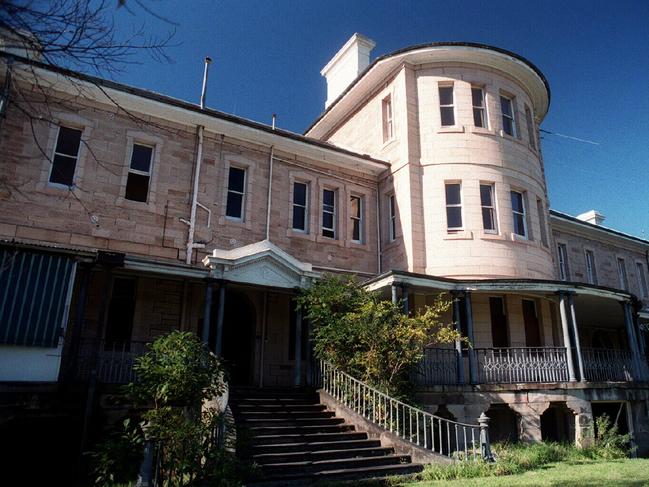
What rooms held the patients bound up in straight jackets? Medical records show that in the late 1960s a self-harming 16-year-old boy had a “bilateral amygdaloidotomy”, a psychosurgery removal of the amygdala, a part of the brain that processes emotions and memories associated with fear.
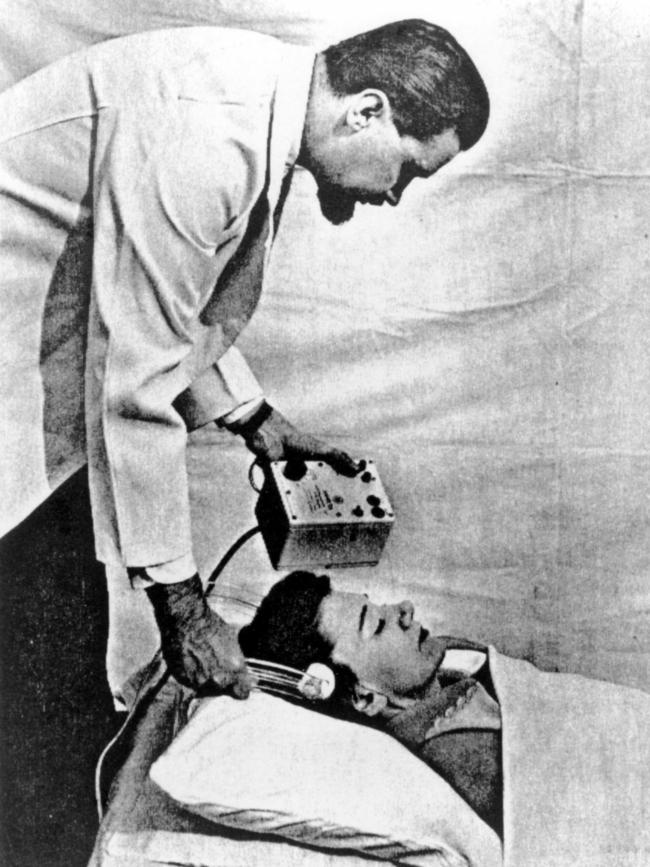
Another 19 patients then had the same op. Infamous Dr Harry Bailey, of Chelmsford fame, also operated there. Finally in the 1970s, media began running exposes - and despite being attacked by doctors for “sensationalism” a parliamentary inquiry was called and psychosurgery finally banned.
Public debate is essential. Teenagers are especially vulnerable to fads and body issues. Cascading levels of “affirmation” blinds us to what’s going on behind closed doors, doors as thick and soundproof as those at the old mental hospital.





